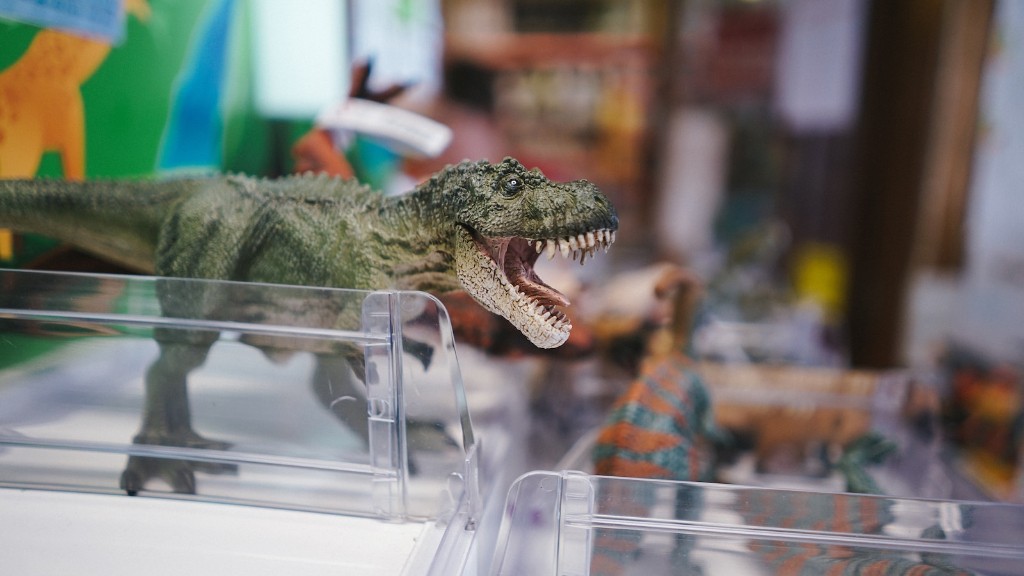Once upon a time, there were giants walking the Earth. These magnificent creatures, known as dinosaurs, ruled the land for millions of years. But then, in a cataclysmic event, their reign came to a crashing end. But what exactly led to the demise of these majestic beasts? Let’s explore the scientific theories that provide some answers.
The Impact of Catastrophic Events
Imagine a violent collision between Earth and a colossal asteroid hurtling through space. The sheer force of the impact would have sent shockwaves reverberating across the planet. This extraordinary event, known as the Chicxulub impact, is regarded as one of the leading theories for the extinction of the dinosaurs. The catastrophic event unleashed a devastating chain reaction, causing tsunamis, fires, and a cloud of dust and debris that engulfed the Earth’s atmosphere. This resulted in a global climate change that led to the extinction of numerous species, including the dinosaurs.
The extinction-level impact of an asteroid is certainly an awe-inspiring and terrifying thought. Yet, it serves as a stark reminder of the incredible power that celestial objects possess and the delicate balance of life on Earth.
Volcanic Eruptions and Climate Change
While the asteroid impact theory has gained significant prominence, it is not the only hypothesis explaining the demise of the dinosaurs. Another compelling theory revolves around the immense volcanic eruptions that occurred during the Late Cretaceous period. These eruptions, which took place in what is now known as the Deccan Traps in modern-day India, released vast amounts of volcanic gases and ash into the atmosphere.
These volcanic gases, particularly carbon dioxide and sulfur dioxide, are potent greenhouse gases that can dramatically alter the climate. The emissions may have caused a global warming effect, leading to widespread environmental changes. The combination of ash and gases would have blanketed the atmosphere, reducing sunlight and hindering photosynthesis, ultimately disrupting the delicate balance of ecosystems and challenging the survival of dinosaurs and other species.
The Changing Habitat and Evolutionary Pressures
As the saying goes, change is the only constant. Throughout Earth’s history, the planet has experienced numerous transformations, each imposing new challenges on its inhabitants. The extinction of the dinosaurs may have been influenced by gradual changes to their habitats over millions of years.
Continental drift and the shifting of tectonic plates altered the geography of the planet. Mountain ranges formed, oceans changed their depths, and new environments emerged. The dinosaurs, once well-adapted to their surroundings, found themselves struggling to cope with these alterations. The changing landscape disrupted their food chains, limited their habitats, and exposed them to new predators and diseases. Over time, these pressures may have driven some species to extinction, paving the way for the rise of new life forms.
The Role of Disease
Disease, often underestimated as an extinction factor, has the capacity to bring down even the mightiest. Just as a plague can devastate human populations, infectious diseases could have played a role in the downfall of the dinosaurs. The size and interconnectedness of dinosaur populations made them susceptible to the rapid spread of diseases.
Furthermore, changes in the environment could have weakened their immune systems, leaving them more vulnerable to infections. The combination of stress caused by other extinction-level events and the emergence of new diseases could have taken a toll on these colossal creatures, ultimately contributing to their extinction.
Conclusion
The extinction of the dinosaurs remains a captivating mystery that enthralls scientists and enthusiasts alike. While the asteroid impact theory is widely accepted as the primary cause, other factors such as volcanic eruptions, habitat changes, and diseases likely played significant roles.
The final moments of the dinosaurs serve as a poignant reminder of the impermanence of life and the incredible resilience of the world’s ecosystems. Looking back at their demise compels us to appreciate the delicate balance that sustains life on our planet and underscores the importance of our role as caretakers of the Earth.



